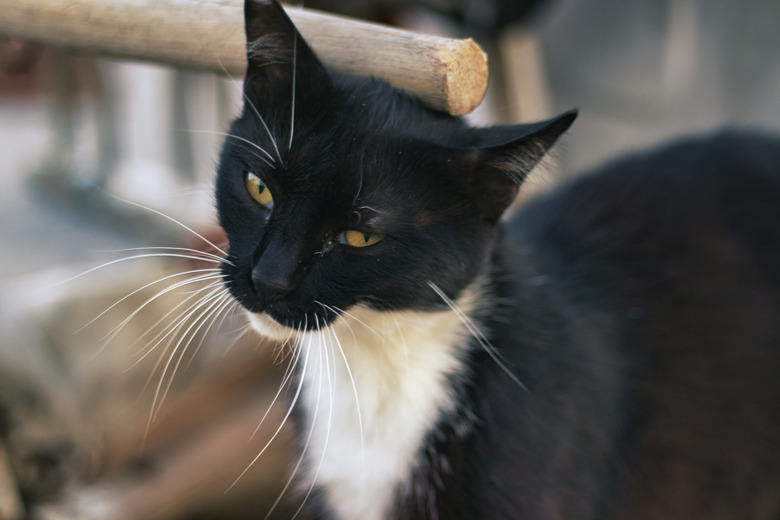How To Treat A Cat Stye
A stye, also referred to as a hordeolum, is a bacterial abscess that occurs in the eyelid glands. It can form either on the inside or the outside of the eyelid, but is almost always swollen, red, and painful. If your cat develops a stye in their eye, it will need to be treated to prevent the infection from spreading or worsening.
How to identify a feline stye
How to identify a feline stye
Cats do get styes, but they're not always easy to initially identify. The initial indication might include third eyelid inflammation, atypical blinking, a lump in the corner of the cat's eye, and discharge. The best way to determine whether your cat has a stye is to check whether the irritation or infection seems glandular and look for the swelling of the lower eyelid.
While cats' eyes differ from ours, the appearance of a stye looks similar. Cat styes usually look red and can occur on the inner or outer surface of cats' eyelids. Most styes look like bumps, pimples, or boils.
What causes cat styes?
What causes cat styes?
While bacteria are the culprits when it comes to cat styes, changes in your cat's hormones and stress caused by events like moving to a new home can increase the likelihood of the formation of cat styes. More often, feline styes form due to blockages of the glands. Debris gets caught in the glands and unless it's cleared, bacteria make a home there.
Styes are often accompanied by blepharitis, or common inflammation of the eyelids. Glandular infections often trigger blepharitis in addition to styes. You can prevent a feline stye from developing by keeping your cat's eye area clean with a damp washcloth or a grooming wipe.
Do styes and other cat eye infections cause pain?
Do styes and other cat eye infections cause pain?
If you've ever had a stye yourself, you know they're annoying. Styes can affect sleep and worsen, causing further cat eye infections — even those that affect the quality of vision for your cat.
To prevent cat styes, keep the eye area clean. Frequently wipe away mucus or drainage that comes from the eye. Maintain consistency to ensure improvement. The biggest mistake most cat parents make when it comes to cat styes is waiting too long for veterinary treatment, especially if there is another type of infection in the eye.
How should I treat a cat stye?
How should I treat a cat stye?
To aid in pain relief and stye reduction, apply hot water to a clean cloth. Wring out the excess water and then gently press the warm, damp cloth to the affected eye. This will help to reduce swelling and inflammation and it will keep the area clean. Do this a few times per day and ensure your cat's face is clear of leftover food after mealtimes. If your cat is permitted outdoors or on walks, make sure to to wipe the cat's face after they're back inside.
Styes are often filled with pus, similar to what builds up in some pimples. Pus contains dead skin cells as well as bacteria (living or dead). Because of the presence of bacteria, it's vital to wipe away pus and clean the area. Leaving bacteria around can cause additional cat eye infections.
How long until a cat stye goes away?
How long until a cat stye goes away?
Some styes will go away naturally over the course of a few days. If your cat's stye persists for longer than a few days, it's time to take them to the vet. If the veterinarian proscribes antibiotic ointment, the stye should resolve within a week if there are not further cat eye infections or complications.
Contact a veterinarian if the stye persists for more than one week or if it worsens. The veterinarian will examine the cat's eye and likely prescribe a topical antibiotic ointment to be applied directly to the stye. Remember: other cat eye infections can look like styes, and few of them go away naturally.


